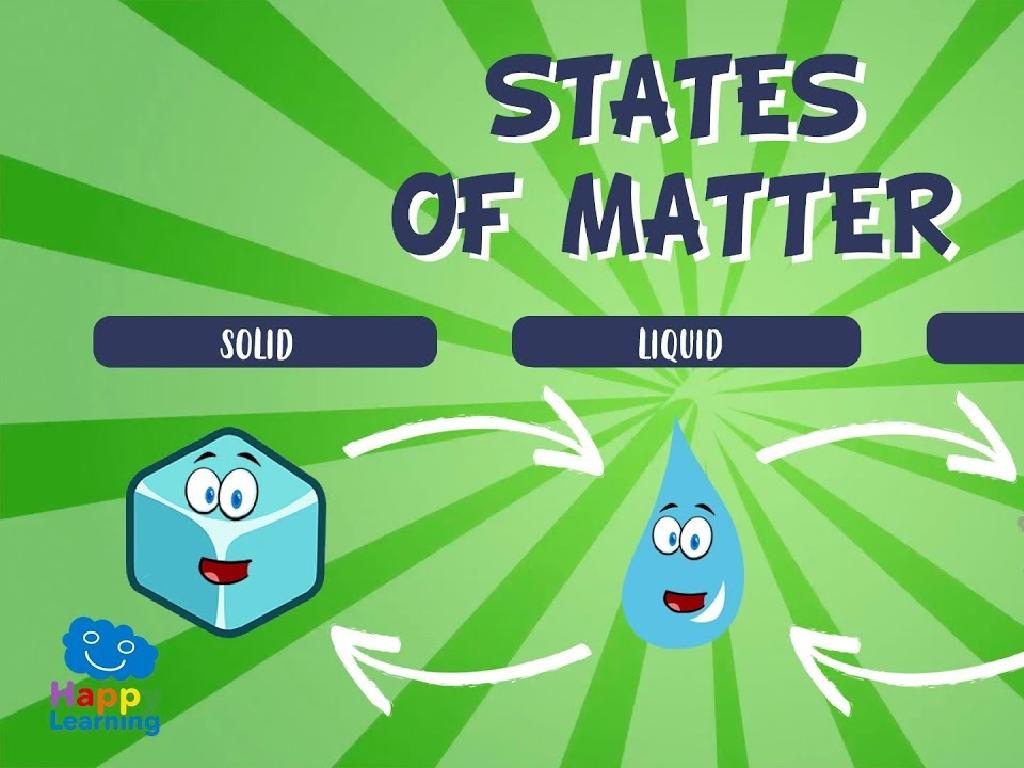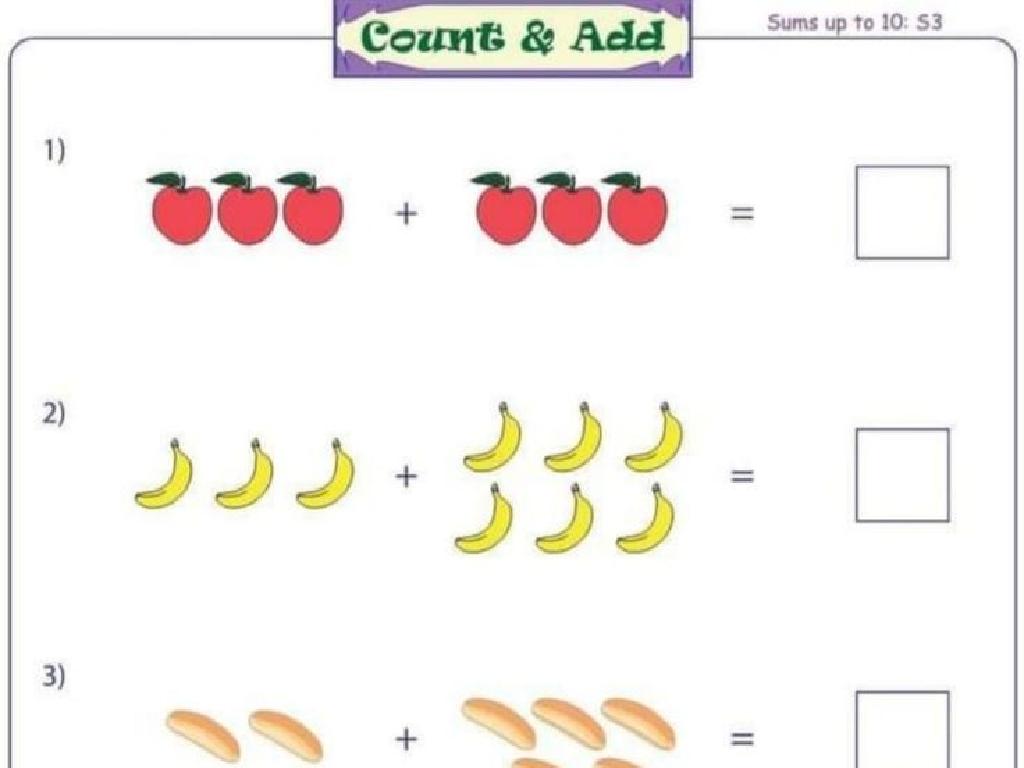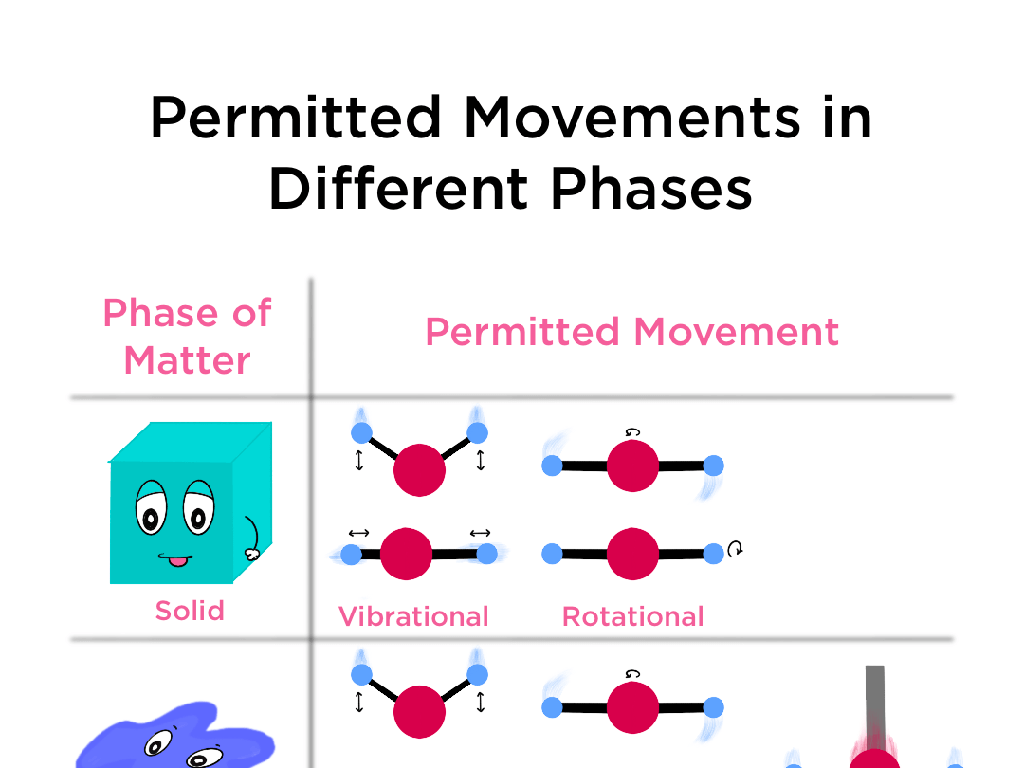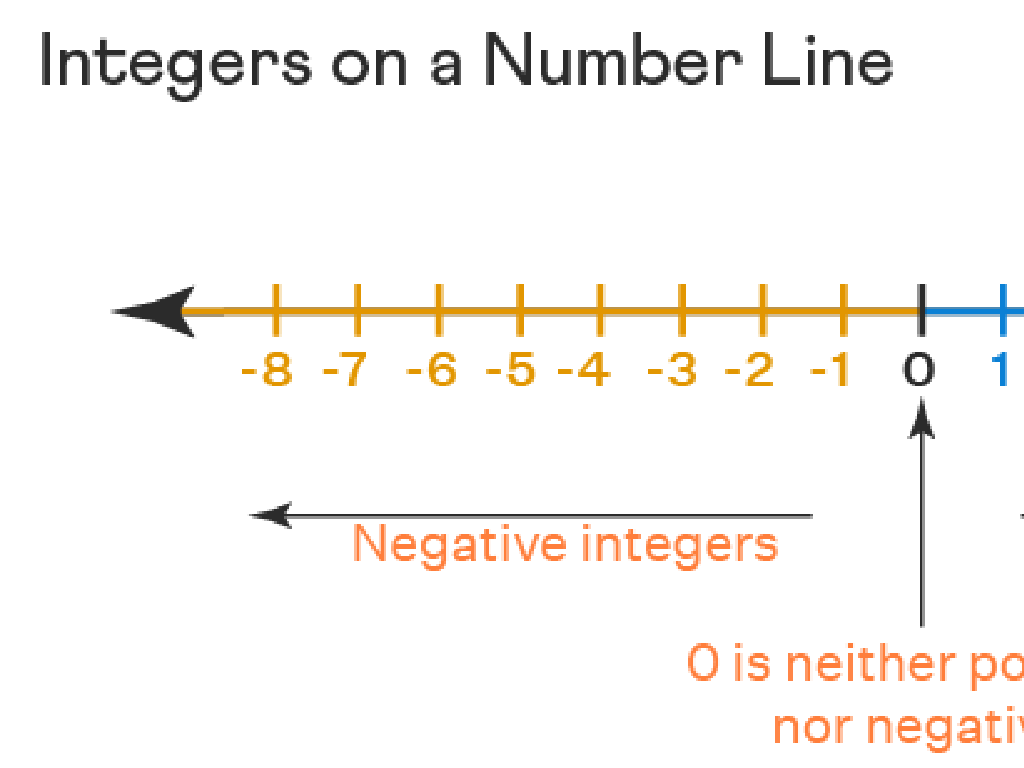Select The Misplaced Or Dangling Modifier
Subject: Language arts
Grade: Seventh grade
Topic: Conjunctions
Please LOG IN to download the presentation. Access is available to registered users only.
View More Content
Conjunctions and Modifiers: Placement Matters
– Define misplaced & dangling modifiers
– Misplaced modifiers are too far from the word they describe, causing confusion.
– Examples of incorrect modifiers
– ‘Eating ice cream, the sun felt hot’ is incorrect because the sun isn’t eating ice cream.
– Correct placement of modifiers
– Modifiers should be placed next to the word they describe for clarity.
– Significance of modifier position
– Proper placement ensures the sentence is clear and the meaning is accurate.
|
Today’s lesson focuses on the importance of correctly placing modifiers in sentences. Misplaced modifiers are separated from the word they modify, leading to confusing or humorous interpretations. Dangling modifiers lack a clear subject altogether. By providing examples of incorrect sentences, students can see the humorous side of these errors, which aids in understanding. Emphasize that correct modifier placement is crucial for conveying the intended meaning and maintaining sentence clarity. Encourage students to rewrite incorrect sentences and discuss why modifier placement changes the sentence’s meaning.
Understanding Modifiers
– Define Modifiers
– Words or phrases that describe other words, making them more specific.
– Modifiers as adjectives and adverbs
– Adjectives modify nouns; adverbs modify verbs, adjectives, or other adverbs.
– Modifiers enhance sentences
– They provide additional information, adding clarity and detail.
– Misplaced vs. dangling modifiers
– Misplaced modifiers are in the wrong place; dangling modifiers have nothing to modify.
|
This slide introduces the concept of modifiers, which are essential elements in sentence construction that provide more detail and clarity. Modifiers can be adjectives or adverbs, and they serve to specify or enhance the meaning of other words in a sentence. It’s crucial to place modifiers correctly to avoid confusion. Misplaced modifiers are not located near the word they modify, leading to unclear or humorous sentences. Dangling modifiers lack a clear word to modify, making the sentence incomplete or awkward. Provide examples to illustrate correct and incorrect placement of modifiers, and explain how to correct sentences with misplaced or dangling modifiers. Encourage students to create their own sentences using modifiers correctly.
Conjunctions Recap: Connecting Ideas
– Review: and, but, or, yet, for, nor, so
– Conjunctions link words and phrases
– They work like glue for parts of a sentence
– Conjunctions join clauses together
– ‘I wanted to play, but it rained.’ connects two contrasting ideas
– Sentence examples with conjunctions
– ‘She studied hard so she passed her exams.’ shows cause and effect
|
Begin with a quick review of the common conjunctions and their purpose in a sentence. Explain that conjunctions serve as connectors that can link words, phrases, or entire clauses, providing structure and flow to sentences. Provide clear examples to illustrate how conjunctions are used in sentences, emphasizing their role in showing relationships like contrast, choice, addition, and consequence. Encourage students to come up with their own sentences using different conjunctions to solidify their understanding. This will prepare them for identifying misplaced or dangling modifiers in sentences where conjunctions are used incorrectly.
Understanding Misplaced Modifiers
– Define a misplaced modifier
– A modifier that’s not clearly attached to the word it’s modifying
– How modifiers can be misplaced
– Modifiers should be close to the word they describe; otherwise, they can attach to the wrong word
– Examples of misplaced modifiers
– ‘Eating ice cream, the sun felt warm’ – ‘Eating ice cream’ seems to modify ‘the sun’
– Correcting misplaced modifiers
– Place ‘Eating ice cream’ near the person doing the action: ‘The sun felt warm as I ate ice cream’
|
This slide introduces the concept of misplaced modifiers, which are words or phrases that are separated from the words they modify, leading to confusing or illogical sentences. It’s crucial to explain that clarity in writing is lost when modifiers are not placed next to the word or phrase they are intended to modify. Provide clear examples to illustrate how misplaced modifiers can alter the meaning of a sentence and demonstrate how to correct them by repositioning the modifier closer to the word it describes. Encourage students to look for misplaced modifiers in their writing and practice correcting them for clearer communication.
Understanding Dangling Modifiers
– Define a dangling modifier
– A word/phrase that doesn’t clearly attach to the word it’s modifying
– Find the missing subject
– Look for details in the sentence that don’t have a clear subject
– Examples of dangling modifiers
– ‘While walking the dog, a car splashed me.’ – Who walked the dog?
– Correcting the mistakes
– Attach the modifier to the correct subject: ‘While I was walking the dog, a car splashed me.’
|
This slide introduces the concept of dangling modifiers, which are words or phrases that do not sensibly modify any word in the sentence. It’s crucial to help students identify the missing subjects that the modifiers are intended to describe. Use clear examples to show how dangling modifiers create confusion and demonstrate how to correct these errors by rephrasing the sentence to include a subject that the modifier can describe. Encourage students to look for sentences where the modifier is not close to the word it’s modifying, and to practice rewriting such sentences to improve clarity.
Selecting Modifiers: Spot the Error
– Exercise: Find misplaced/dangling modifiers
– Discuss unfitting modifiers
– Why does ‘Running to catch the bus, my book fell out of the bag.’ sound incorrect?
– Correct sentences collectively
– We’ll rewrite sentences to fix the errors.
– Understand modifier placement
– Learn why modifiers need to be close to the words they describe.
|
This slide is aimed at helping students understand the concept of misplaced and dangling modifiers through a practical exercise. Begin by explaining that modifiers are words, phrases, or clauses that provide description in sentences. Then, present sentences with misplaced or dangling modifiers and ask students to identify the errors. Discuss as a class why the placement of the modifier makes the sentence confusing or incorrect. Work together to correct the sentences, ensuring that modifiers are placed next to the word or words they’re intended to modify. Emphasize the importance of clear and precise writing. This activity will enhance students’ editing skills and their ability to communicate more effectively.
Your Turn to Correct: Modifiers
– Class activity: Correct the modifiers
– Work in pairs on sentences
– Partner up and examine each sentence for misplaced or dangling modifiers.
– Discuss and review your findings
– Consider why a modifier is misplaced and how it changes the sentence’s meaning.
– Share corrections with the class
– Present your corrected sentences and explain your reasoning.
|
This slide introduces a class activity focused on identifying and correcting misplaced or dangling modifiers. Students will work in pairs to foster collaboration and peer learning. Provide them with a worksheet containing sentences with common modifier errors. Encourage them to discuss why the modifier is misplaced or dangling and how it affects the meaning of the sentence. After the activity, each pair will share their corrected sentences with the class, explaining their thought process. This will help reinforce their understanding of how modifiers should be used to convey clear and precise meaning in writing. As a teacher, circulate the room to offer guidance and ensure that each pair is on the right track. Possible sentences for the activity could include humorous examples to engage the students, such as ‘Running quickly, the finish line seemed to move farther away’ or ‘Without looking, the dog was walked by a person on a skateboard.’
Concluding Misplaced & Dangling Modifiers
– Recap: Misplaced & dangling modifiers
– Review what we’ve learned about incorrect modifier placement.
– Importance of correct placement
– Proper placement ensures clarity and accuracy in writing.
– Homework: Craft 5 correct sentences
– Use modifiers to add detail and see how they change sentence meaning.
|
As we wrap up today’s lesson, it’s crucial to revisit the concept of misplaced and dangling modifiers to reinforce the students’ understanding. Emphasize the importance of placing modifiers near the words they describe to avoid confusion. For homework, students will apply what they’ve learned by writing five original sentences, each demonstrating the correct use of a modifier. This exercise will help solidify their grasp of the material and improve their writing skills. In the next class, we can review some of these sentences to celebrate successes and clarify any lingering misunderstandings.






